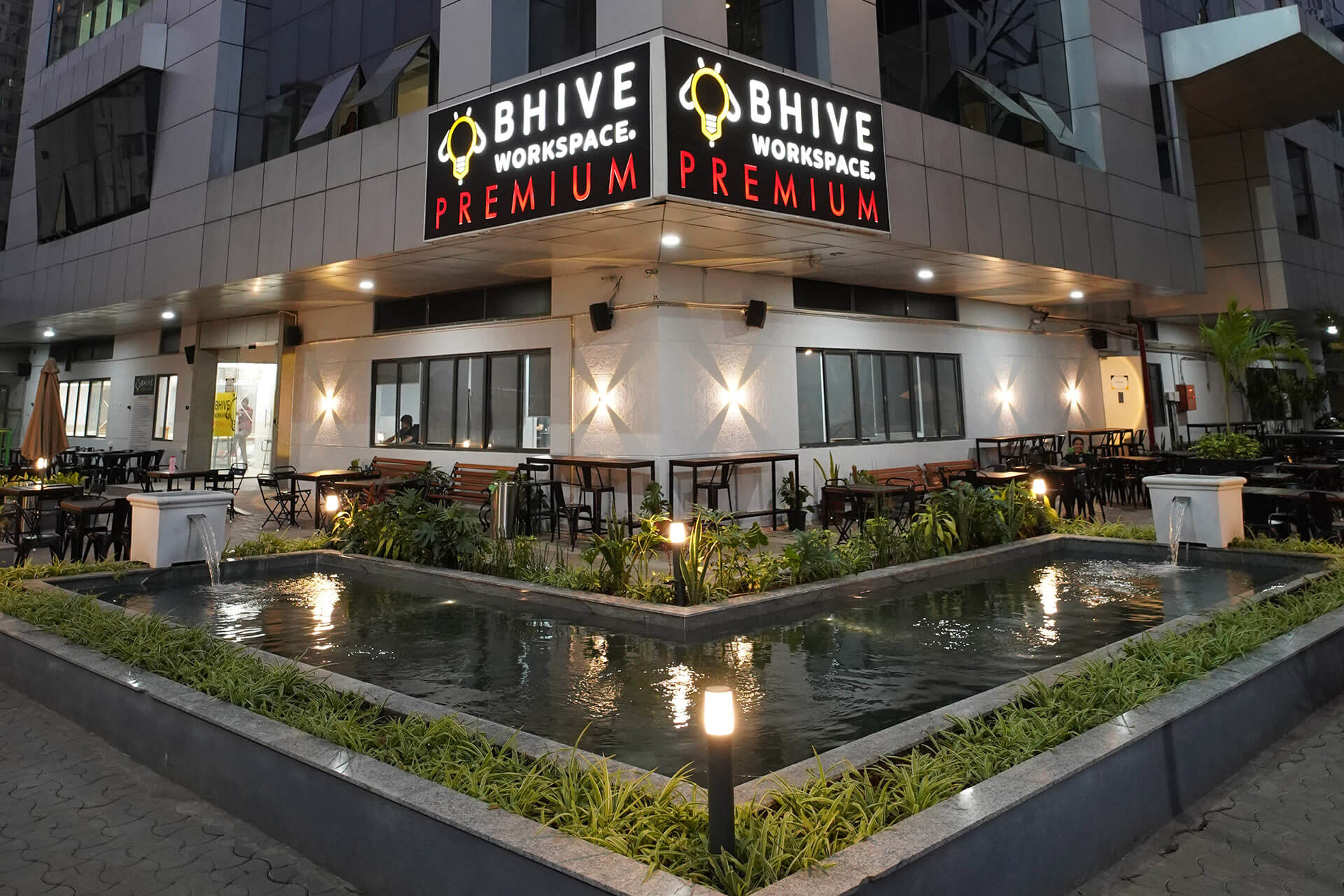E - PAPER
Impact of COVID-19 on Student Housing in India
By: EY India What are the present challenges for Student housing segment in India? The current situation of COVID-19 has resulted in major changes affecting all four stakeholders — the colleges/educational institutions, students, asset owners and t
 BY
Realty Plus
BY
Realty Plus
Published - Tuesday, 15 Jun, 2021

By: EY India
What are the present challenges for Student housing segment in India?
The current situation of COVID-19 has resulted in major changes affecting all four stakeholders — the colleges/educational institutions, students, asset owners and the student housing providers/managers. COVID-19 has scaled up to become a gigantic global pandemic in the last few months, and businesses are trying to readjust and adopt to new sustainable model of operations. In India, lockdowns in various states are gradually been relaxed with maximum precautions in place.
The real estate segment of the higher education market, which depends primarily on approximately 10 million migrant students at key education hubs in India, is expected to take a few months longer to re-bounce compared to other segments in this sector. This is because institutes would need to maintain precautions and interstate travel would continue to be a challenge.
How are the segment players and students dealing with the Covid situation?
Student housing has gained prominence arising from demand from migrant students in the last 4-5 years. Operators are manoeuvring their way through lower occupancies, managing various cost heads in the absence of revenue to break even. Also, likely are transformations in profit margins for student housing operators as university admissions re-bounce and social distancing norms become a new normal.
B2C based inventory is most impacted as student rentals were charged on monthly basis. However, two months of security deposit paid by students have helped them avoid revenue shortfall until June 2020. Institutional operators or players having management contracts for operating university hostels are the least impacted on the back of secured revenues. However, in both scenarios, risk of students demanding refunds may re-orient the current ease.
From a cost optimization perspective, few operators have been able to negotiate 30-50% rental discount for standalone leased buildings, limited to downcycle period. Some operators claim to have suspended vendor contracts for few months. Salary or job cuts and release of contract staff, though have not happened yet, are on the radar if the downcycle stretches.
As the academic curriculum is expected to re-start by Q4 2020, operators may have to lose out on three to four months of revenue. Preference for online classes for at least one trimester, in order to reduce the risk of infection, may enhance revenue loss.
The way forward
Going forward, facility management costs may increase marginally due to increased sanitation and hygiene mandates. Social distancing may see 15-20% capacity reduction. Escalation in student rentals and staff salaries may be deferred. Hereon, the student housing sector may undergo significant consolidation as we continue to live with the pandemic for the next few quarters. In addition, for active operators, business strategy may transform into seeking more B2B opportunities with universities and revenue share model with facility owners to mitigate future risk.
Some of the loss may be compensated by students restricting their meals to in-house food & beverages. However, should the operators be able to re-negotiate rents, it will contain a major cost saving. All in all, once the normal curriculum resumes, an overall downward impact of 5% in EBITDA is expected for the next 12-18 months subject to few questions to be answered as the situation unfolds.
RELATED STORY VIEW MORE
TOP STORY VIEW MORE

Mixed Outlook for Australia's Housing Sector In 2024
Mixed Outlook for Australia's Housing Sector In 2024
05 December, 2024NEWS LETTER
Subscribe for our news letter
E - PAPER
-

CURRENT MONTH 
LAST MONTH














